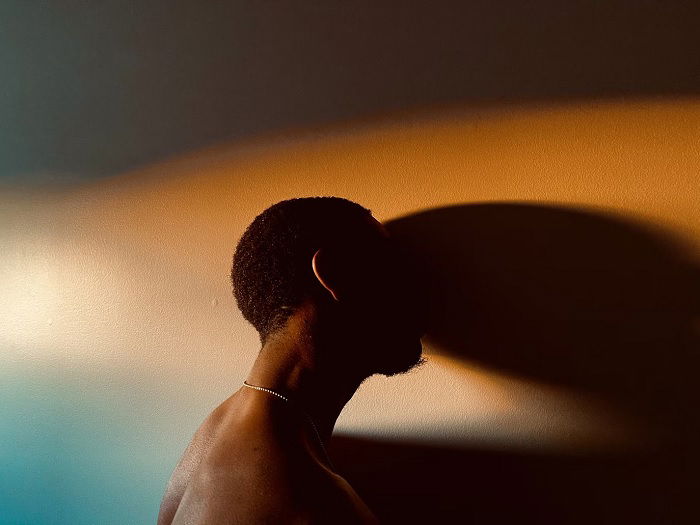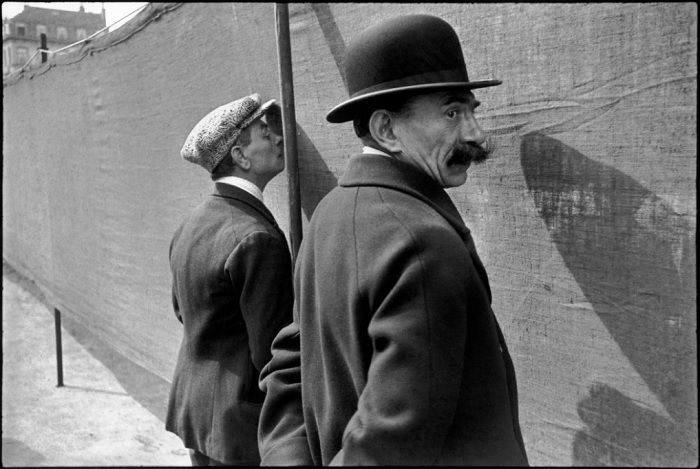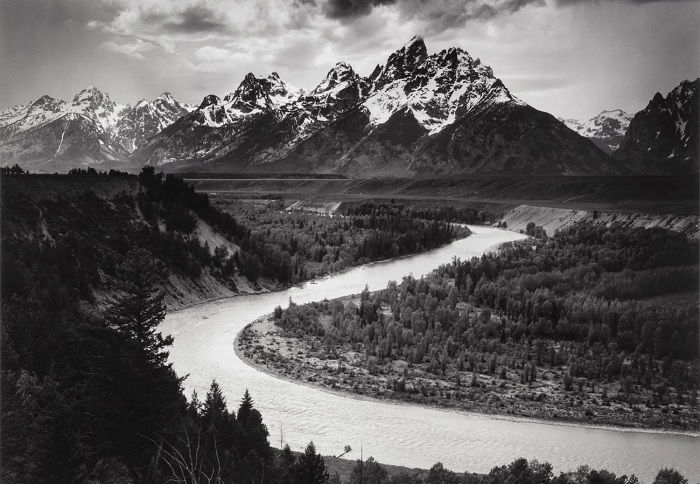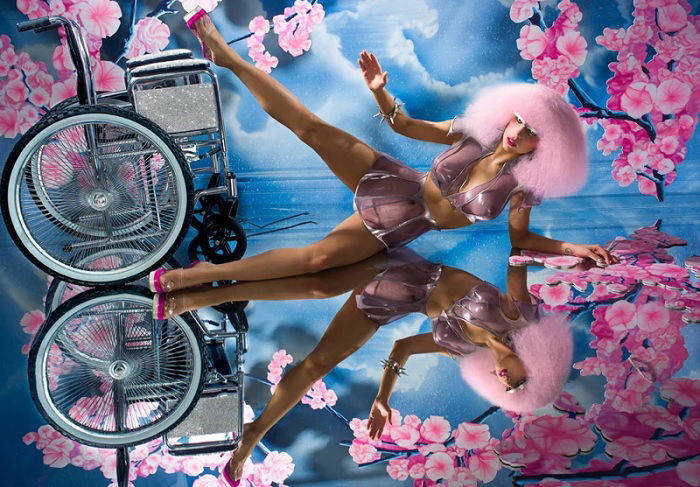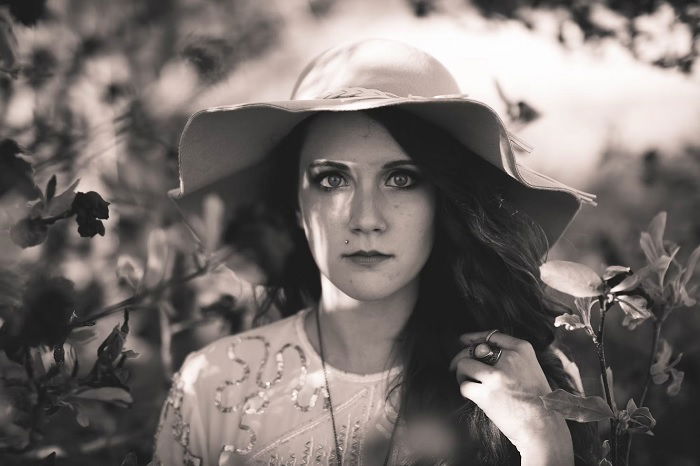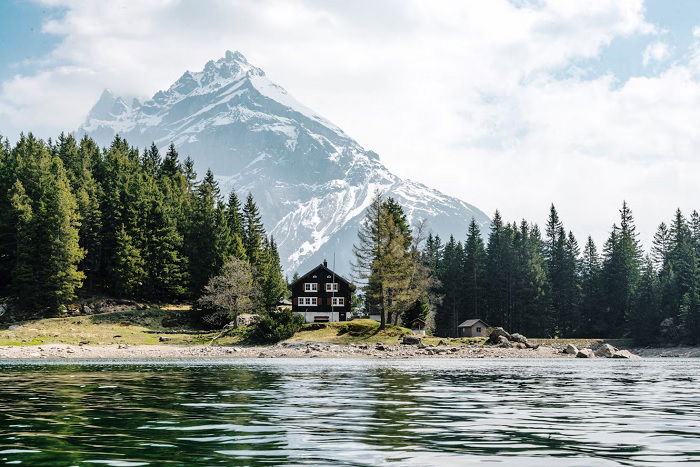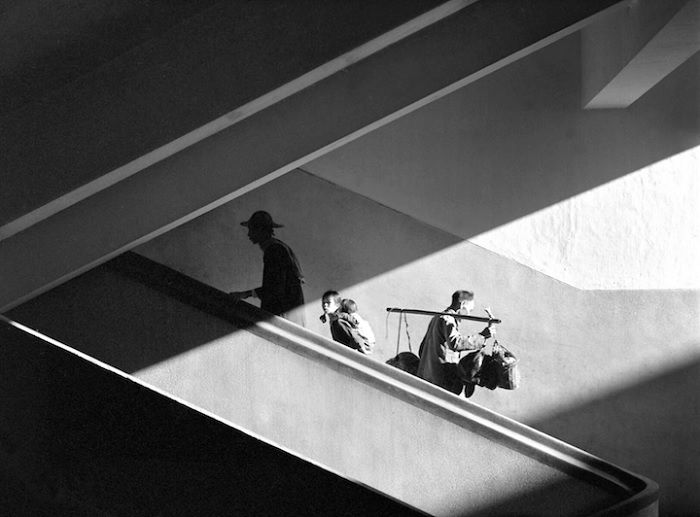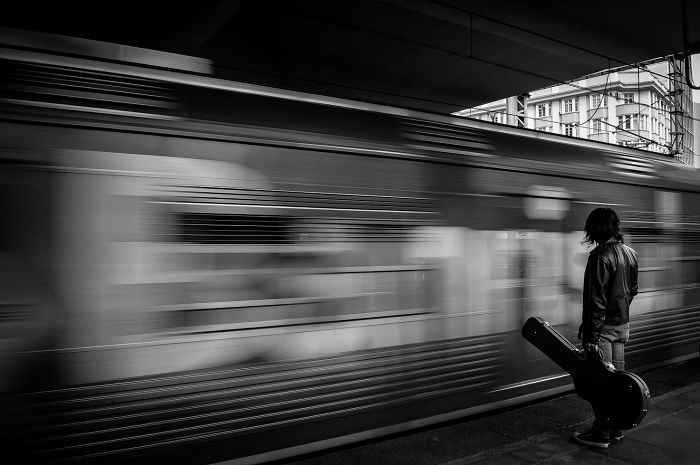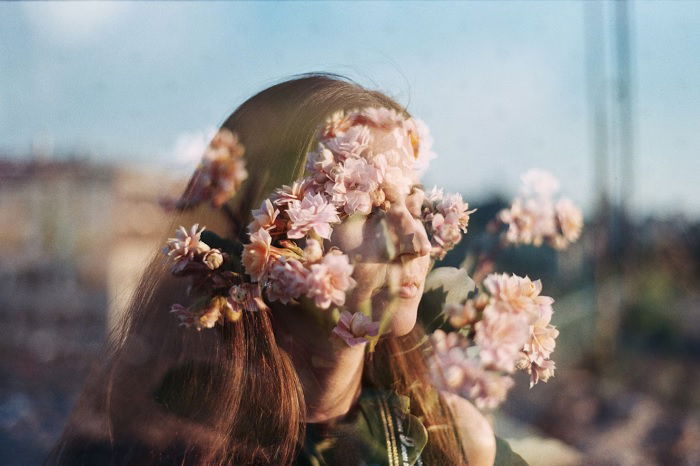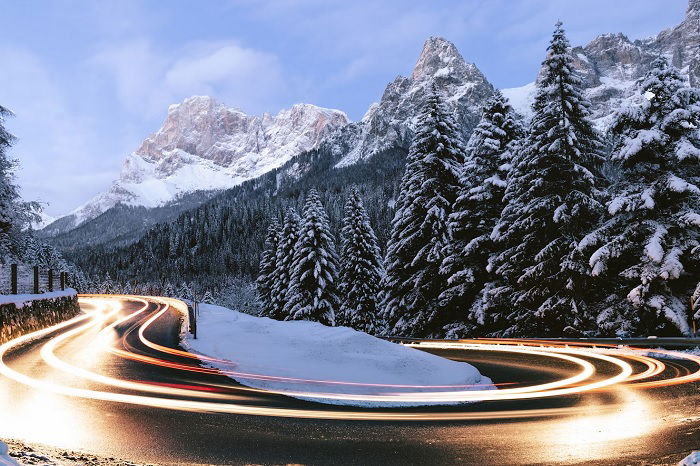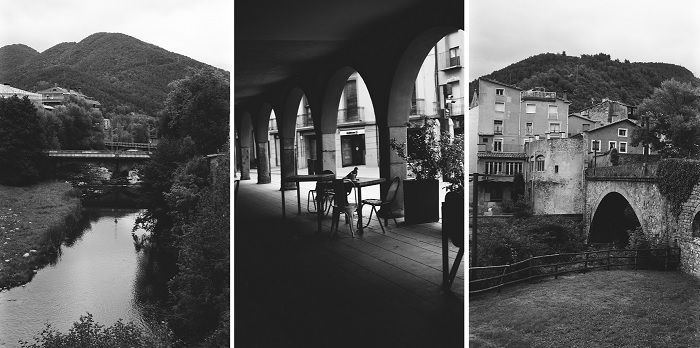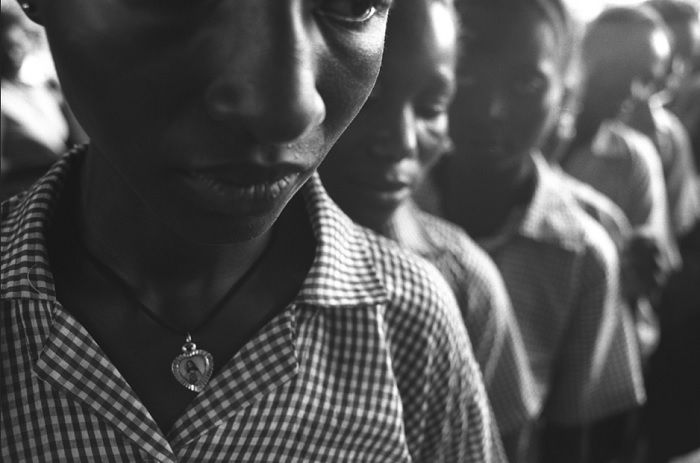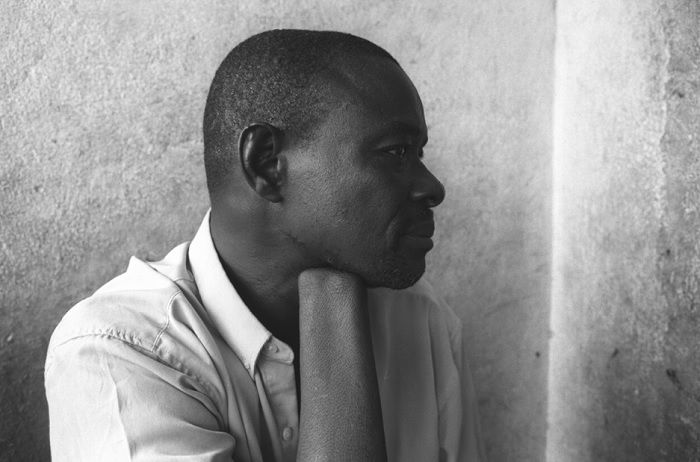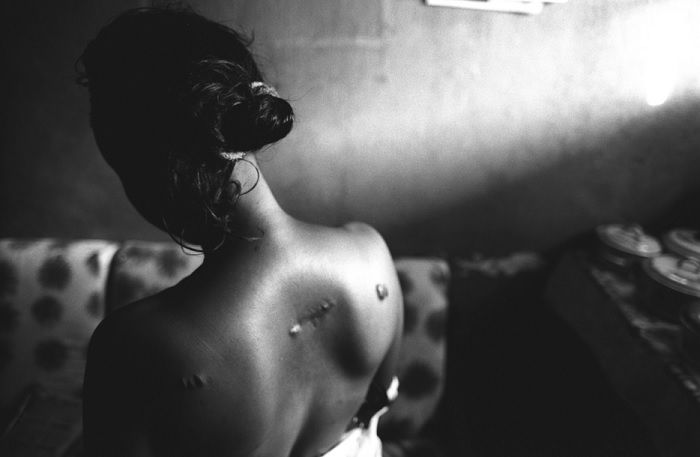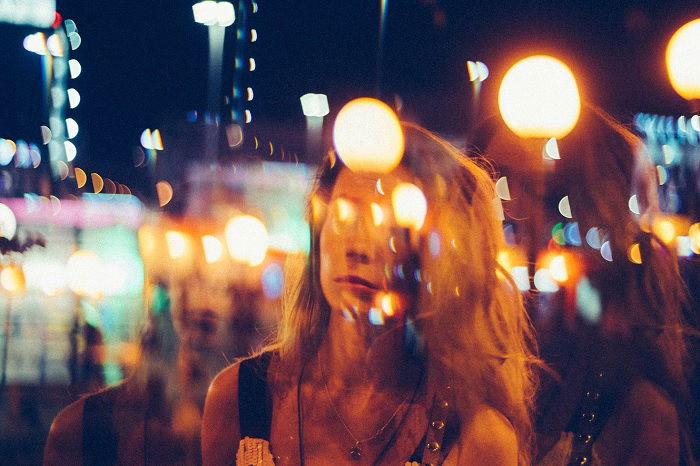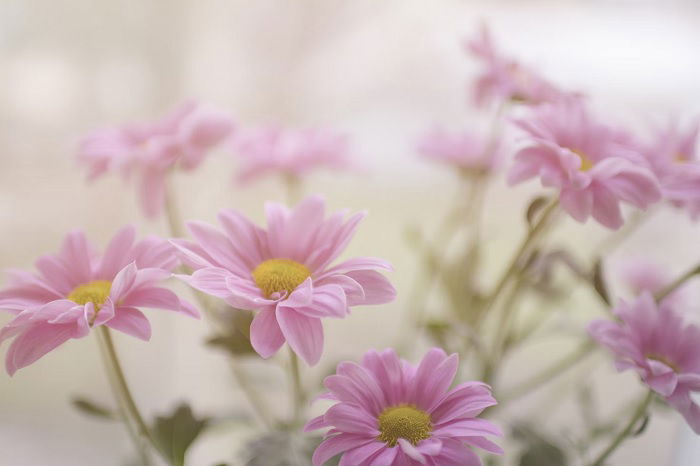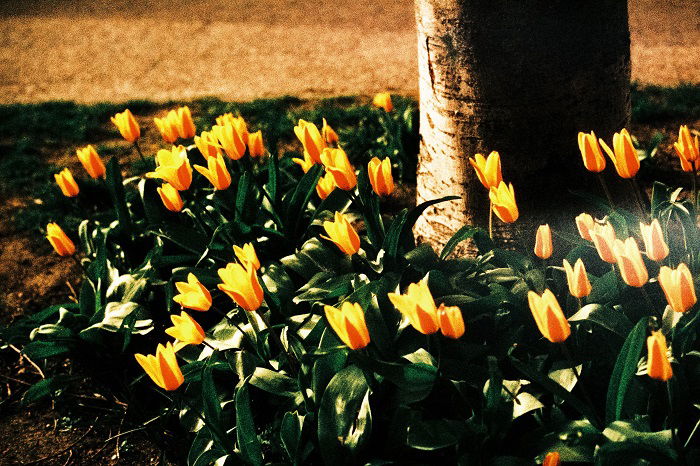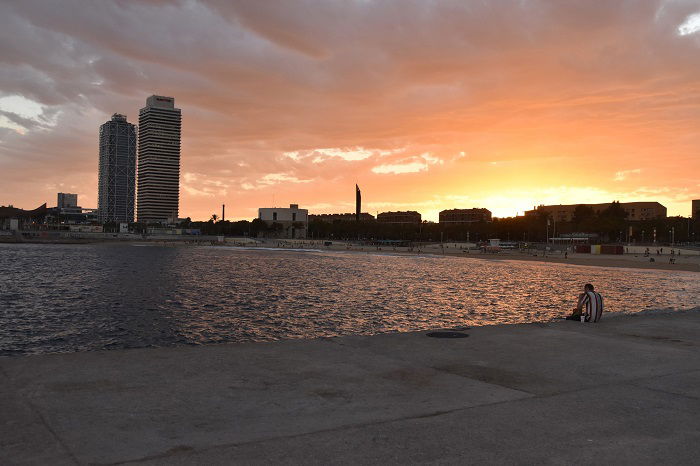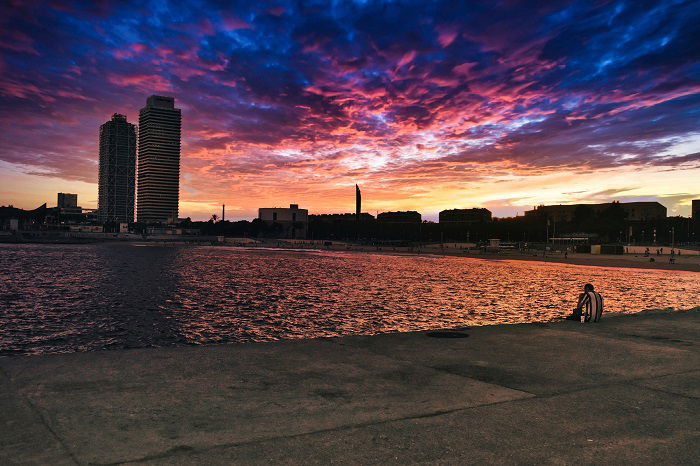Finding Your Photography Style (9 Practical Tips)
All the best photographers have a well-defined photography style. By looking by looking at just a few photos, you know exactly who’s work you’re looking at.
But none of the top photographers have their style down the first time they pick up a camera. Nor is a photography style set in stone. It’s something that develops over time, and it can change as you grow and improve as a photographer.
This article looks at ways you can find and develop your own personal photography style. We won’t tell you what to shoot or how to shoot but rather explore ways you can find inspiration and new perspectives to help hone your photography style.
Our eBooks With Unique Photography Styles to Explore
How to Find Your Photography Style
A photographer’s style is more than your favorite Lightroom presets or camera techniques. It’s a combination of every creative decision they make when taking pictures.
One of the best ways to discover your style is to look for patterns in your behavior. How you eat, travel, and socialize makes up who you are. And it’s a similar story for being a photographer. Your habits, practices, and impulses influence your photography work.
But what can we do to develop our style for more unique images? Well, that’s exactly what we’re looking at in the following sections.
These are practical pieces of advice that will help you focus your energies, allowing you to hone your style for distinct images. These include tips on finding inspiration, photography exercises, and camera techniques.
We’re not trying to change who you are. Our advice will help you discover yourself as a photographer. You’ll be able to put more of your personality into your work, which will give you a strong, identifiable photography style.
1. Take Inspiration from the Masters
Finding photographers whose work sparks your interest is a great way to get the ball rolling. Looking at their photography styles can help you hone your own.
You might have your favorites already. Take a closer look at their catalog and see if you can identify what elements make their style stand out.
Henri Cartier-Bresson had his exquisitely timed candid shots with impeccable composition. Ansel Adams had his epic black and white landscapes. David LaChapelle has his elaborate compositions with an unabashed, over-the-top aesthetic.
Make an effort to find photographers you’re unfamiliar with. Social media platforms like Instagram and Plates are a great way to find new work. But also check out photography magazines and books. You should also go to galleries when you can.
Keep an open mind. to begin with. Later, you can zone in on the photographers you really like. But casting a wide net can really help you find photographers and styles you might not otherwise be familiar with.
2. Explore Different Photography Genres
Experimenting with different genres is a great way to expand your skills and knowledge. Even if you’re a keen portrait photographer already, trying a wide range of genres will help develop a more unique style.
For example, portrait photographers can practice street photography to help them capture more candid moments. It will help them deal with environments in flux, with elements out of their control. This will then allow them to try environmental portraits or portraits with more movement and energy.
Sports photography is another fantastic discipline if you want to learn to capture movement. The same applies for wildlife photography. You do need some specialist equipment for these genres, but they have transferable skills and are rewarding in their own right.
Some genres cross over with different types of photography naturally. Fashion photography, for example, includes elements of portrait and product photography. You can incorporate elements of street in there, too.
Similarly, travel photography includes aspects of landscape, portrait, and street photography. Fine art photography is also an umbrella genre that can include still life, macro, portrait, and landscape photography.
Even if you have your eye set on one particular niche, dip your toes into other genres to widen your horizons. You’ll learn new perspectives and skills, which you can bring into your main body of work.
3. Shoot Fully Manual for More Control
Shooting on auto mode is easy. Too easy, in fact. It is great when you first start, giving you decent images from the off. But the camera is making all the decisions for you, so you’ll never develop a signature style shooting that way.
When shooting in manual mode, you need to learn the three main exposure settings. These are aperture, shutter speed, and ISO. Learning about the exposure triangle will help you understand how the three settings relate to one another.
Going completely manual gives you far more creative control. For example, you can use a wide aperture to create a shallow depth of field when shooting portraits. This means your portrait will have a lovely blurred background while your subject is in sharp focus.
You can intentionally use a slow shutter speed to capture motion blur. This can give a sense of energy to images when you’re shooting moving subjects.
Taking control of your exposure settings gives you far more creative options. Shooting in manual mode can be tricky to start with, but your skills and understanding will develop much quicker. That will help you find your photography style.
4. Experiment with Different Camera Techniques
You can push your creativity further by experimenting with different camera techniques. We’ve already mentioned how you can use depth of field and motion blur. But there are more advanced camera techniques you can use to find a style take speaks to you.
Double exposure photography is a great way to create dreamy, artful, and surreal images. It’s where you overlay one photo on top of another so you can see both. It allows you to add more meaning to one image. You can also use it to make visually stimulating photos.
Long-exposure is another photography technique you can try for unique and interesting results. This is where you leave your shutter open for a long time. This techniques allows you to shoot in dark situations, even at night. It also gives you a sense of movement as moving lights draw shapes in the night.
Time-lapse photography is another excellent way to try something different. This is where you have your camera capture images at set intervals over an extended period of time. You can capture a flower blooming or the sun settings.
Once complete, you can put the images together to make an incredible time-lapse video.
5. Create a Photo Series
A photo series is a collection of photos that are all in some way linked. The link could be a theme, or it could be an experimental technique you’ve used to take the photos.
The idea behind a photo series is that all the images in the series should be presented together. They can be mounted on the wall or arranged in a collage. This helps bind the series, adding weight to the themes and style within the series.
Your photo series could have a narrative, telling the story of someone or something. It could show the passing of time. Or it could be a collection of portraits of people from the same place.
The great thing about a photo series is that it allows you to experiment with genre and style, but it keeps you focused. Having a set vision for your series focuses your ideas and energy, which drives creative problem solving.
You can create several photo series. You can incorporate different genres and techniques. And working on these small project will help you develop your personal photography style.
6. Tell a Story with a Photo Essay
After a photo series or two, you can take things to the next level by shooting a photo essay. Similar to a series, a photo essay looks at one topic in detail. It’s a style of documentary photography or photojournalism that tells a story with images.
Many of the best photojournalists use photo essays to illustrate their narratives. The images have far more impact on the viewer when viewed together rather than individually.
As a photographer, you have incredible freedom when it comes to subjects for a photo essay. The topic can be anything from refugees to climate change.
While those are grand themes, you don’t have to travel to war-torn countries to create interesting essays. You can start closer to home, finding stories in your city, town, or village. You can even create a photo essay about your family.
Even though we’ve categorized photo essays as documentary and photojournalism, you can use them to explore different types of photography. Street and travel photography are a natural fit. But you can also use portraiture or macro photography.
Nick Danziger‘s photo essay on Sierra Leone is a fantastic example of what can be achieved. But this is just one type of photo essay. The key is to use the format to experiment with your own style of photography.
7. Share Your Photos to Get Helpful Feedback
Those with whom you share your photos don’t have to be professional photographers. But it would help.
Your goal isn’t to ask for constructive criticism, though. All you have to do is ask them to point out things you’re unaware of. So You can ask them questions like this:
- What was the first thing you noticed when you looked at my photos?
- Did you notice any patterns or styles in my pictures?
- Is there anything that’s missing from my photos?
This is a great way to look at your photos differently. Others might give you feedback you wouldn’t have known on your own. They might see patterns to help you understand what kind of photographer you are.
Social media is a great place to display your work and request feedback. You can also try photography forums, which are always friendly, welcoming, and constructive places.
8. Play with Digital and Analog Photography
When we strip everything back, there are only two types of photography. These are analog and digital.
Many photographers pick one and stay on that path for the rest of their careers. But we encourage photographers to play with both media as it helps you develop skills and style.
Just a couple of years ago, it looked like film photography was breathing its last breath. But now analog photography is all the rage again, and more and more photographers are dusting off their old 35mm cameras.
We won’t go deep into the film vs digital debate here. Digital is more convenient and more cost-effective in the long run. But film photography is pure and authentic.
But no matter which side you’re on now, we recommend that you switch. Film shooters should try digital photography, and digital camera users should give film a go. You might get hooked on the other type of photography. And it will also help you hone in on what you really enjoy in photography.
9. Broaden Your Editing Ideas
In modern photography, a large part of a photographer’s style comes down to how they edit their photos. Much depends on the the photo editing software they use, their favorite presets, and the amount of editing they like to do.
If you are already using Adobe Lightroom, you’ve probably tried a few presets already. You might even have your favorites. But we suggest trying new ones. Mix and match, experimenting with different presets on different types of photos.
You can also try different editing programs. Luminar Neo is one of the fastest growing in terms of popularity. It has fantastic AI editing tools that speed up the editing process.
Capture One and DxO Photo Lab are two more excellent editing suites. And both offer a free trial, so you can try before you buy.
Experimenting with different programs before settling on your favorite will help your style develop. You’ll be able to find tools and features you like and don’t like, so you can hone in on an editing process that brings out the best of your work.
Conclusion
Developing and honing your photography style takes time and effort. You might have some ideas about the type of photography you want to produce. But taking the time to experiment and try new things will, your photography style will become more personal and unique.
Consume as much inspiration as possible to start with. Then go manual for total control over your camera. As your skills grow, you can try new photography techniques. And when you’re done taking pictures, you can sharpen your style further in the editing suit.
If you want a photography style that stands out, be brave and never stop learning. Find new inspiration and try new things. You’ll see a strong, personal photography style blossom in no time.
